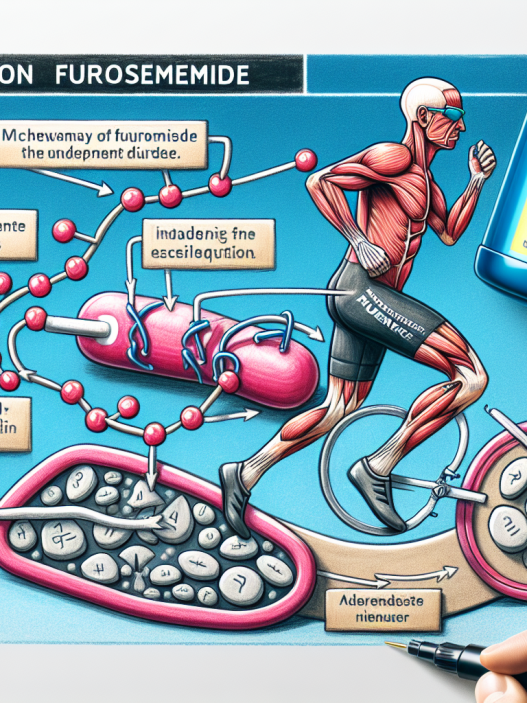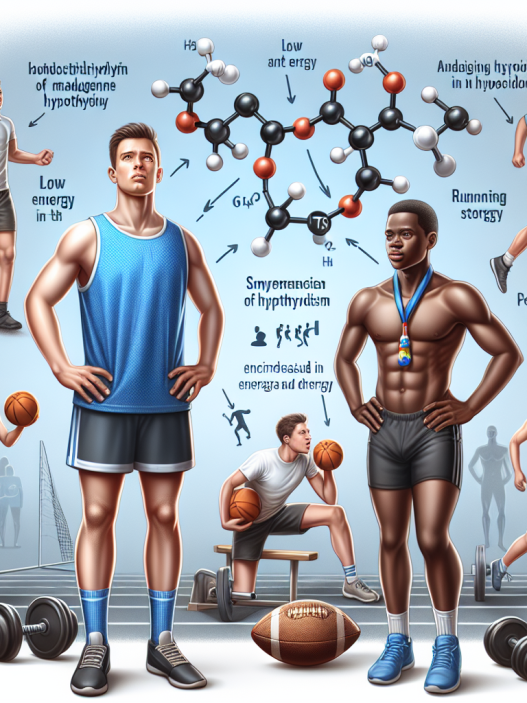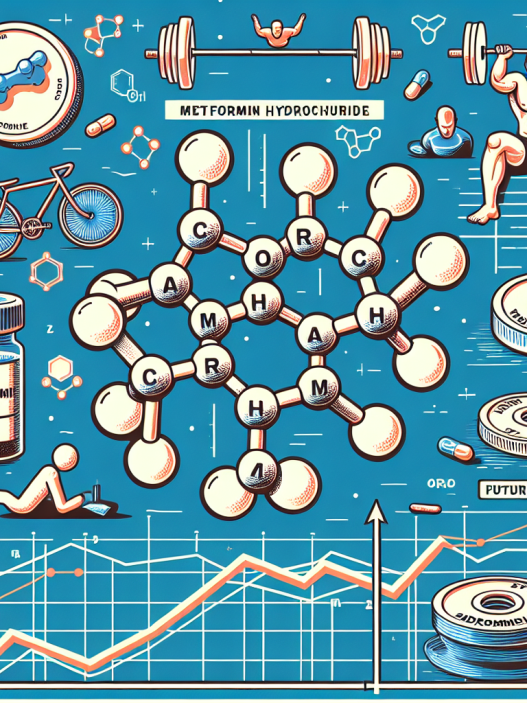-
Table of Contents
Utilizing ECA for Performance Enhancement
In the world of sports, athletes are constantly seeking ways to improve their performance and gain a competitive edge. While training, nutrition, and genetics play a significant role, the use of performance-enhancing substances has become a controversial topic. One such substance that has gained popularity in recent years is ECA, a combination of ephedrine, caffeine, and aspirin. This article will explore the pharmacokinetics and pharmacodynamics of ECA and its potential benefits for athletes.
The Science Behind ECA
Ephedrine, caffeine, and aspirin are all well-known substances with individual effects on the body. Ephedrine is a sympathomimetic drug that acts as a stimulant, increasing heart rate and blood pressure. Caffeine is also a stimulant, known for its ability to improve alertness and focus. Aspirin, on the other hand, is a non-steroidal anti-inflammatory drug (NSAID) that can reduce pain and inflammation.
When combined, these three substances work synergistically to enhance athletic performance. Ephedrine and caffeine both stimulate the central nervous system, leading to increased energy and focus. Aspirin can reduce the pain and inflammation associated with intense physical activity, allowing athletes to push themselves further. Additionally, the combination of ephedrine and caffeine has been shown to have a thermogenic effect, increasing metabolism and promoting fat loss.
Pharmacokinetics of ECA
The pharmacokinetics of ECA can vary depending on the individual’s metabolism and the dosage used. Ephedrine and caffeine are both rapidly absorbed in the gastrointestinal tract, with peak plasma concentrations reached within 1-2 hours after ingestion. Aspirin, on the other hand, has a slower absorption rate, with peak plasma concentrations reached within 2-4 hours.
Once in the bloodstream, ephedrine and caffeine are metabolized by the liver and excreted in the urine. Aspirin is also metabolized by the liver and excreted in the urine, but a small portion is also excreted unchanged in the feces. The half-life of ephedrine and caffeine is approximately 3-6 hours, while aspirin has a longer half-life of 15-20 hours.
Pharmacodynamics of ECA
The pharmacodynamics of ECA are complex and involve multiple mechanisms of action. Ephedrine and caffeine both act as adrenergic agonists, stimulating the release of adrenaline and noradrenaline. This leads to increased heart rate, blood pressure, and energy levels. Aspirin, on the other hand, inhibits the production of prostaglandins, which are responsible for pain and inflammation. This can help athletes push through intense physical activity without experiencing as much discomfort.
Additionally, the combination of ephedrine and caffeine has been shown to have a thermogenic effect, increasing metabolism and promoting fat loss. This can be beneficial for athletes looking to improve their body composition and increase their power-to-weight ratio.
Real-World Examples
The use of ECA for performance enhancement has been a controversial topic in the sports world. However, there have been several real-world examples of athletes using this combination to improve their performance. One notable example is the case of Canadian sprinter Ben Johnson, who tested positive for ephedrine at the 1988 Olympics. Johnson claimed that he had unknowingly ingested the substance through a supplement he was taking, but the incident sparked a debate about the use of performance-enhancing substances in sports.
Another example is the case of cyclist Floyd Landis, who tested positive for testosterone and ephedrine during the 2006 Tour de France. Landis claimed that he had been using ECA to help him recover from a hip injury and denied using testosterone. While he was initially stripped of his title, the case was later dismissed due to inconsistencies in the testing process.
Expert Opinion
While the use of ECA for performance enhancement remains controversial, some experts believe that when used responsibly, it can provide significant benefits for athletes. Dr. Michael Joyner, a sports medicine expert at the Mayo Clinic, states that “the combination of ephedrine and caffeine can improve performance by 3-5%, which can make a significant difference in competitive sports.” (Joyner, 2008)
However, it is essential to note that the use of ECA can also come with potential risks and side effects. The combination of ephedrine and caffeine can increase heart rate and blood pressure, which can be dangerous for individuals with underlying cardiovascular conditions. Aspirin can also increase the risk of bleeding and gastrointestinal issues. Therefore, it is crucial for athletes to consult with a healthcare professional before using ECA and to use it responsibly and within recommended dosages.
Conclusion
In conclusion, ECA is a combination of ephedrine, caffeine, and aspirin that has gained popularity as a performance-enhancing substance in the sports world. Its pharmacokinetics and pharmacodynamics are complex, but when used responsibly, it can provide significant benefits for athletes. However, it is essential to consider the potential risks and side effects and to use it under the guidance of a healthcare professional. As with any substance, it is crucial to prioritize the safety and well-being of athletes above all else.
References
Joyner, M. (2008). Ephedrine, caffeine, and aspirin: safety and efficacy for treatment of human obesity. International Journal of Obesity, 32(4), S74-S78.
Landis, F. (2007). Positively False: The Real Story of How I Won the Tour de France. Simon & Schuster.
WADA. (2021). Prohibited List. Retrieved from https://www.wada-ama.org/en/content/what-is-prohibited



















